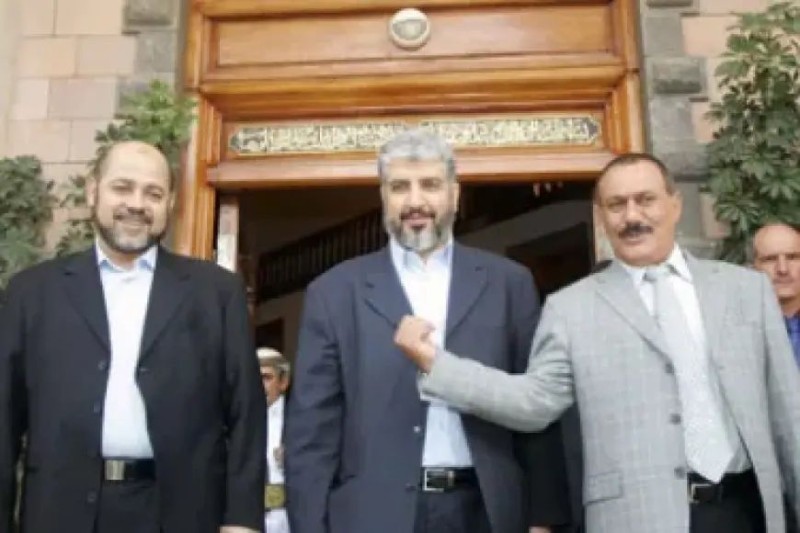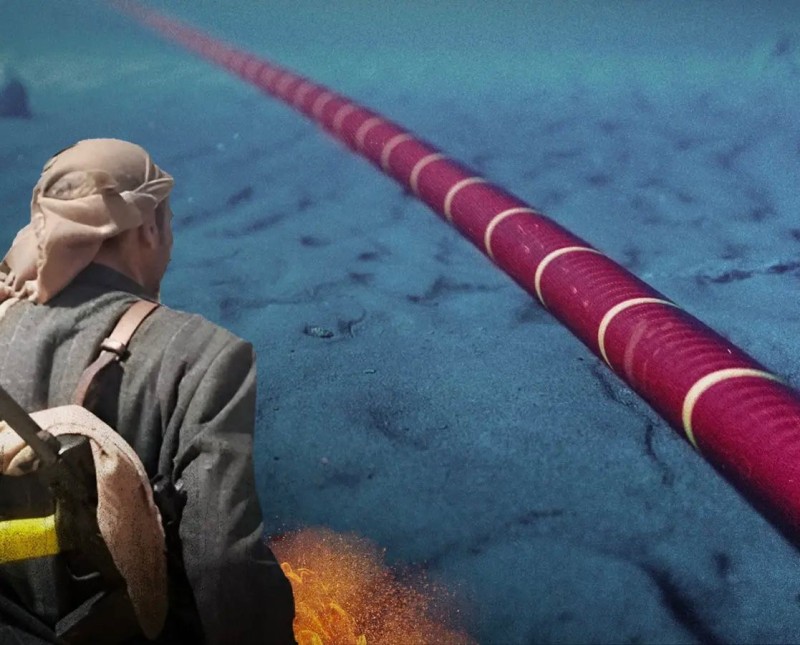Yemen: Forgotten for now


By the end of this month, more than four million Yemenis will be facing the danger of death due to malnutrition. The World Food Programme (WFP) said last month that “a deeper funding crisis” for its Yemen operations as of the end of September will force it to make difficult decisions about cuts to its food assistance programmes across the country in the next few months. As major cuts are announced across different programmes, the actual number of Yemeni people affected could be higher.
In June last year, WFP was forced to slash food aid for 13 million Yemenis by more than 50 per cent due to lack of funding. The UN agency said that, for the next six months, it requires 1.05 billion dollars in funding, only 28 per cent of which has been secured. Many of those who will be affected are women and children already suffering some of the highest malnutrition rates in the world.
The humanitarian crisis in the war-torn country has gone from bad to worse in the last eight years. The Yemen conflict broke out in 2014 when Iran-backed Houthi rebels seized the capital Sanaa, prompting a Saudi-led coalition to intervene the following year to prop up the internationally recognised government.
According to UN estimates, by the start of 2022 the conflict had caused over 377,000 deaths, with 60 per cent the result of hunger, lack of healthcare and unsafe water. More than 11,000 children are known to have been killed or wounded as a direct result of the fighting. Around 4.5 million people, one in seven of the population, have been displaced, while 24.1 million people, 80 per cent of the population, are in need of humanitarian aid and protection.
Yet the world seems to be turning a blind eye to the Yemen crisis. Since last year, when the UN brokered a six-month truce that was not renewed in October, nothing has been done. Though there is a lull in the fighting, efforts to end the war and negotiate a peaceful settlement are almost at a standstill. There was hope earlier this year that a political settlement might gather pace as China brokered an agreement between Saudi Arabia and Iran to resume diplomatic relations.
The Saudi-Iranian détente is on course, but its impact on Yemen has not yet registered. It is expected that the reconciliation would involve Iran discontinuing support for regional proxies like the Houthi rebels, who would then agree to be part of the political process. Apparently that did not happen. Some commentators cite the implicit Saudi-Emirati rift on a solution in Yemen as an additional reason.
But Saudi commentator Abdul-Aziz AlKhames told Al-Ahram Weekly, “there is no Saudi-Emirati conflict. Each party could have different tactics, but the end goal is the same. Saudi Arabia and the UAE are invested in bringing peace and stability to the region. Both agree that, for this to happen, the Houthis need to be curtailed, even if this is done through a coalition government in which they participate.”
Alkhames feels differences in tactics between the two Gulf allies might even help with a political solution: “Exerting pressure on Houthis, and northern factions in general, by threats of southern separation and the Southern Transitional Council (STC) having its own state in south Yemen is actually useful in bringing Houthis to the negotiating table with less ambition; it can make them give up on their far-fetched demands and agree to be part of a solution, not a dominant force in any future administration.”
The UAE is the main backer of the STC, and it sees southern separation as the better solution while Saudi Arabia agrees with the internationally recognised government that the country should remain unified. The Houthis too are against separation. It is now a no-war/no-peace state in Yemen, and the main power to revive the peace effort is Saudi Arabia.
It seems Riyadh is not considering Yemen a priority for now, letting the low-intensity conflict between opposing Yemeni factions wear itself out. As Andrew Hammond of Oxford University puts it, it is now more of an internal conflict: “The Yemeni problem is with the Houthis and the STC right now. The Houthis are digging in their heels on various negotiating points with Saudi Arabia, while they sort out internal disputes between various wings. The STC appears to be worried that an agreement will lessen their room for manoeuvre in the south where they have already failed over the past year to impose themselves in the southeastern governorates.”
The Saudis insist that their position is not changed, and that they are working with allies, the UN and Yemeni factions to reach a political settlement with their southern neighbour. “The Houthis are the main obstacle to achieving a peaceful settlement in Yemen. They know that any solution based on a coalition government inclusive of all political factions means diminishing their power and limiting their hegemony,” AlKhames said.
But regardless of who is to blame for the current situation, millions of Yemenis are being abandoned – with no change in sight.

Sana’a – A leaked phone call between former Yemeni President Ali Abdullah Saleh and Hamas leader abroad Khaled Meshaal has revealed sha…

Tehran — Iranian Foreign Ministry spokesman Ismail Baghaei has voiced concern over the latest developments unfolding in Yemen, particularly i…

A new media report has revealed that Google is embarking on a major subsea cable initiative, dubbed Blue Raman, in a strategic move to establish a…